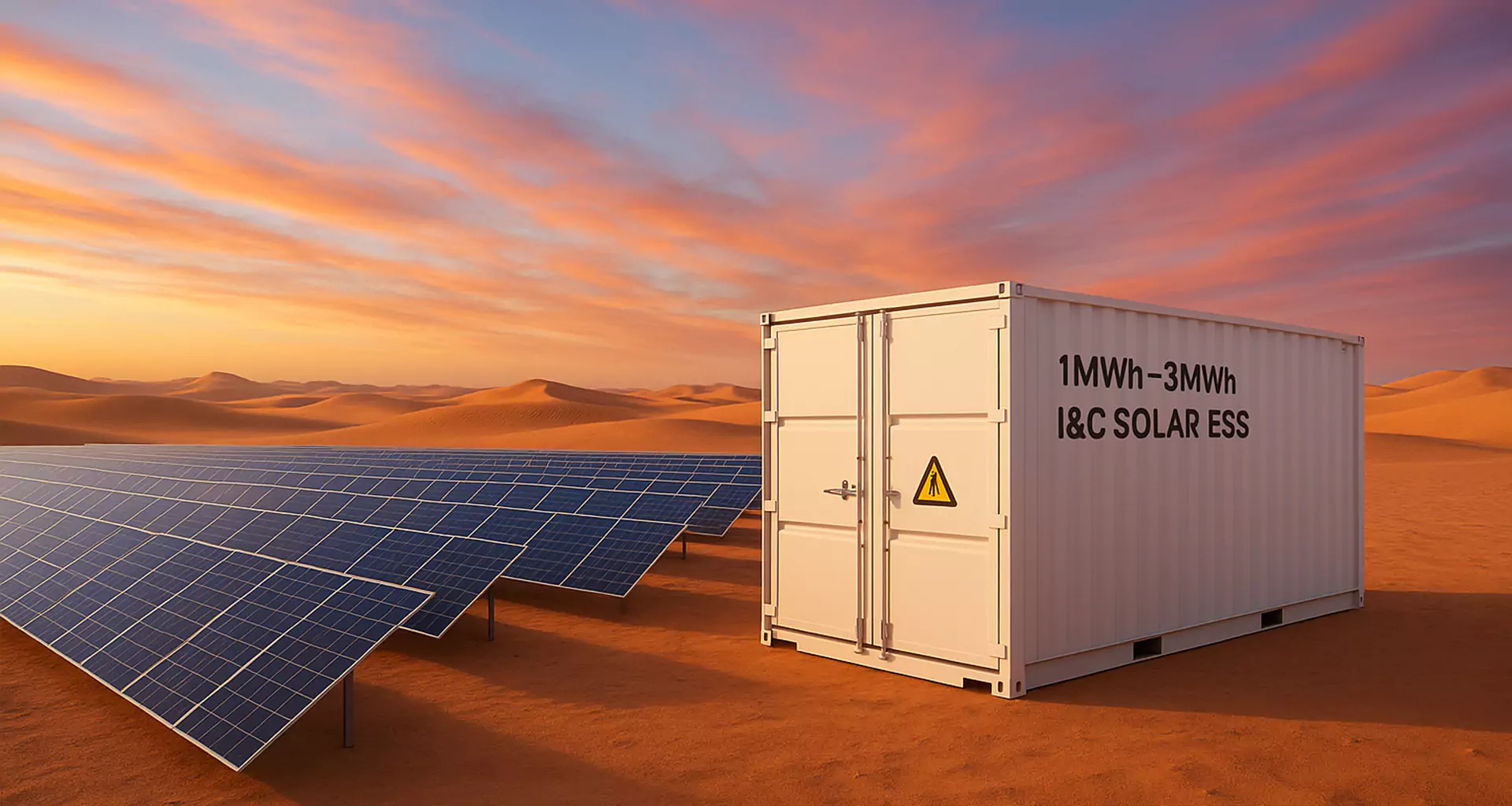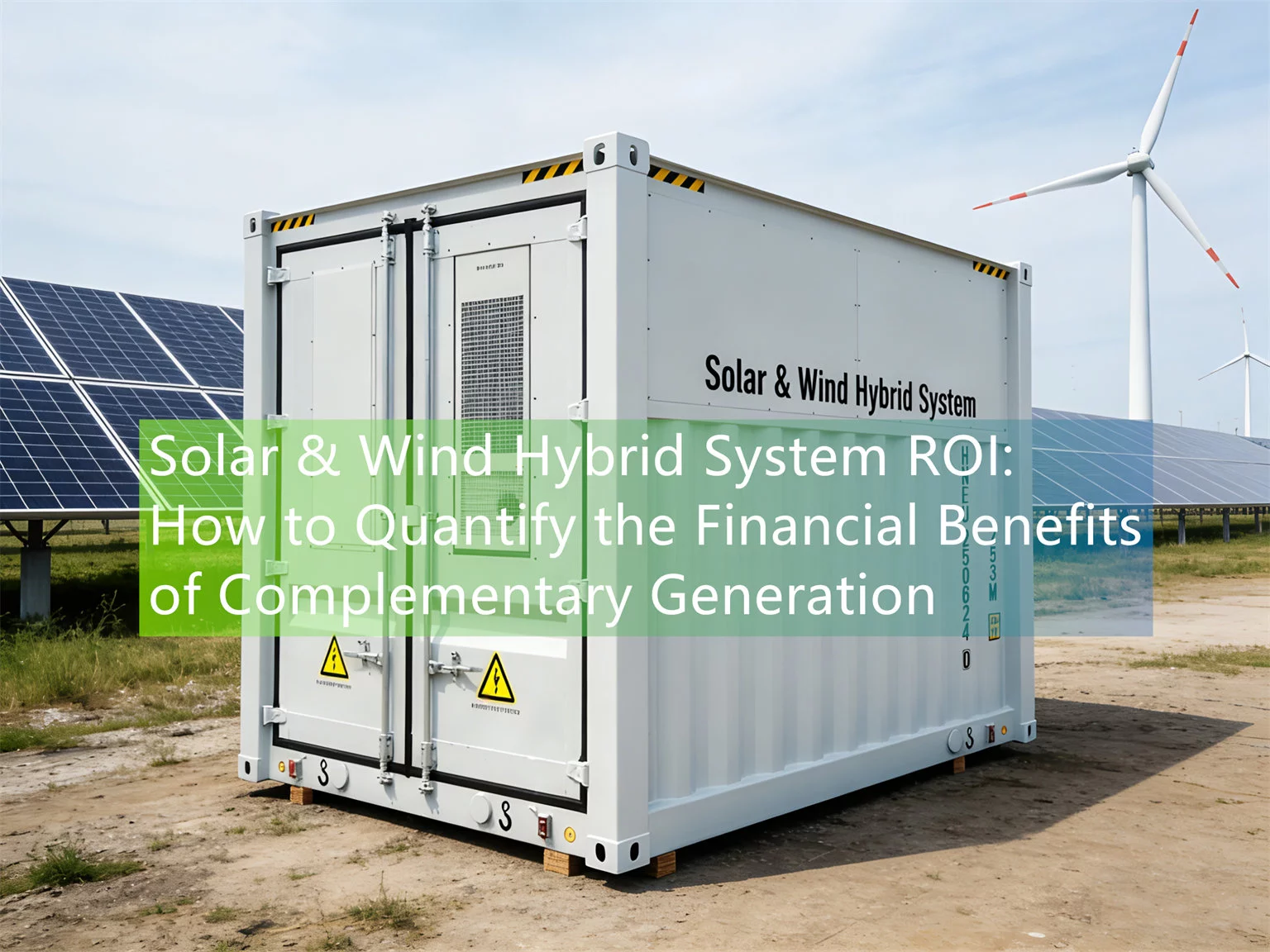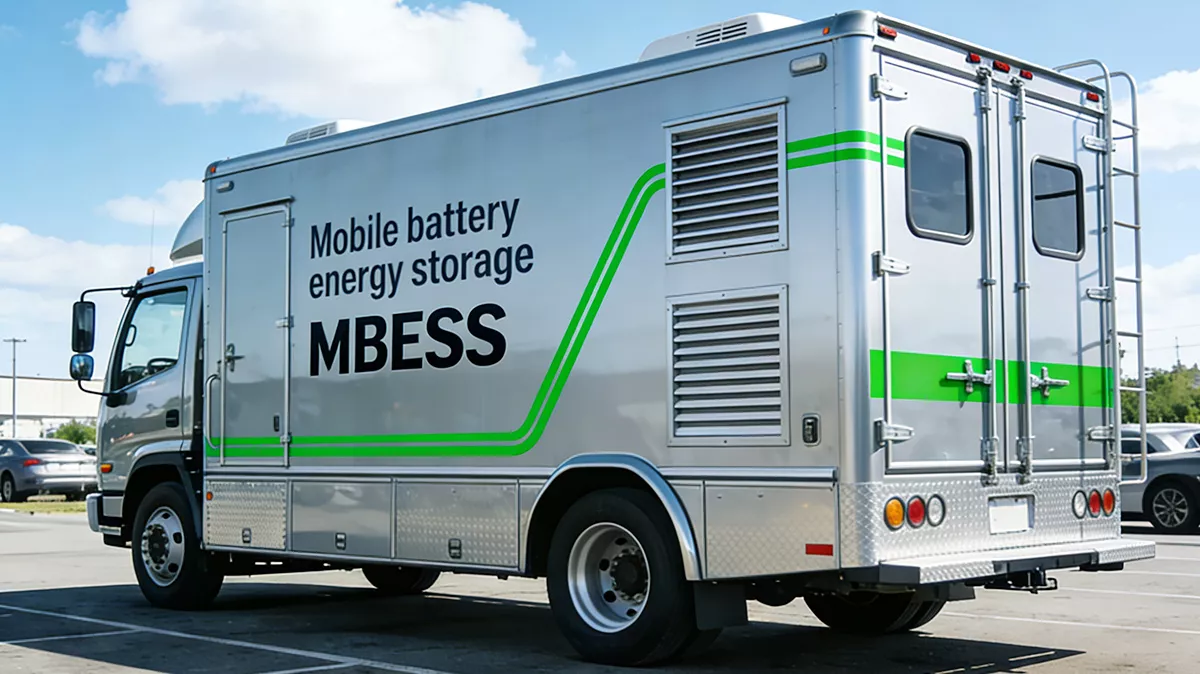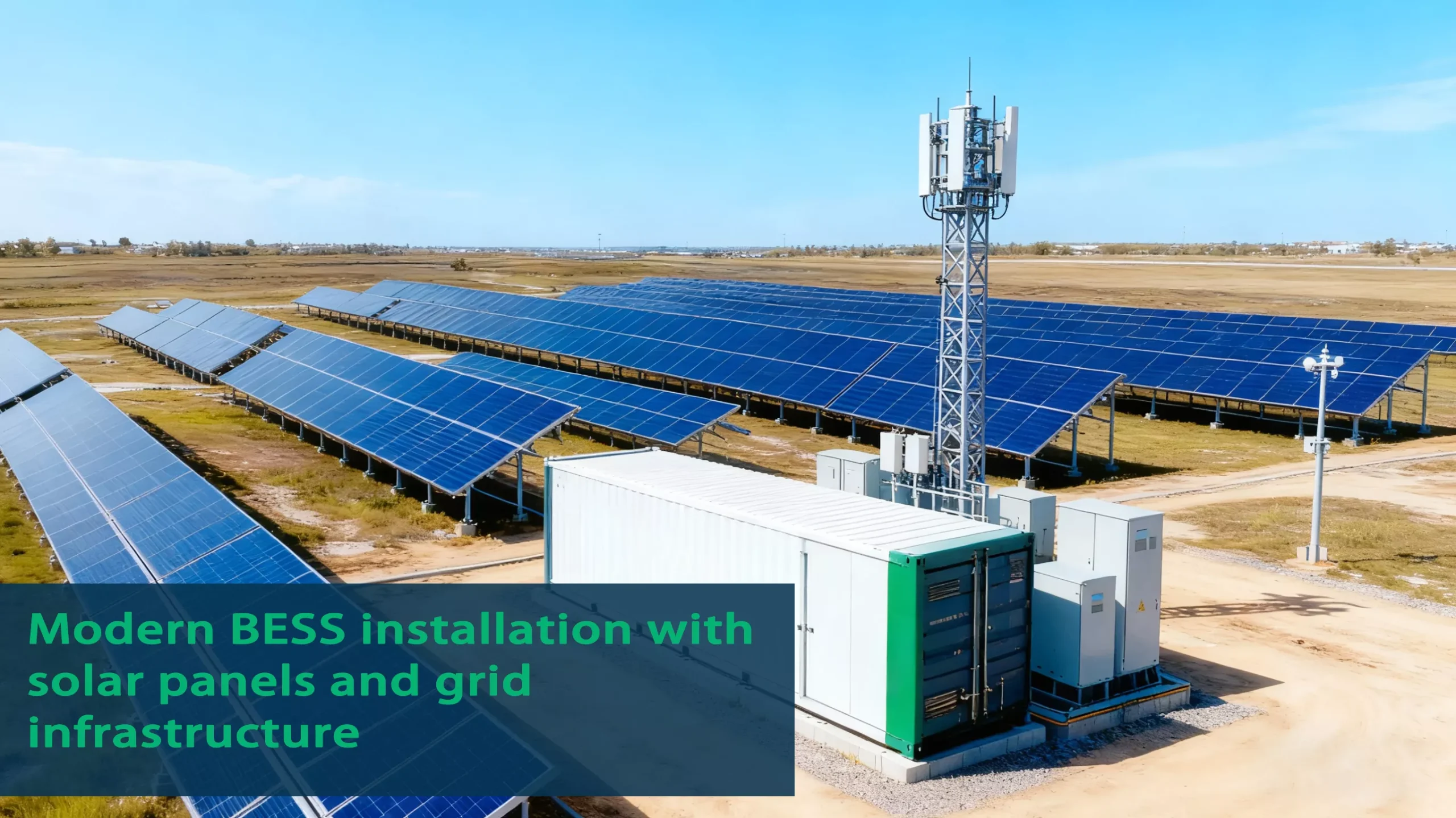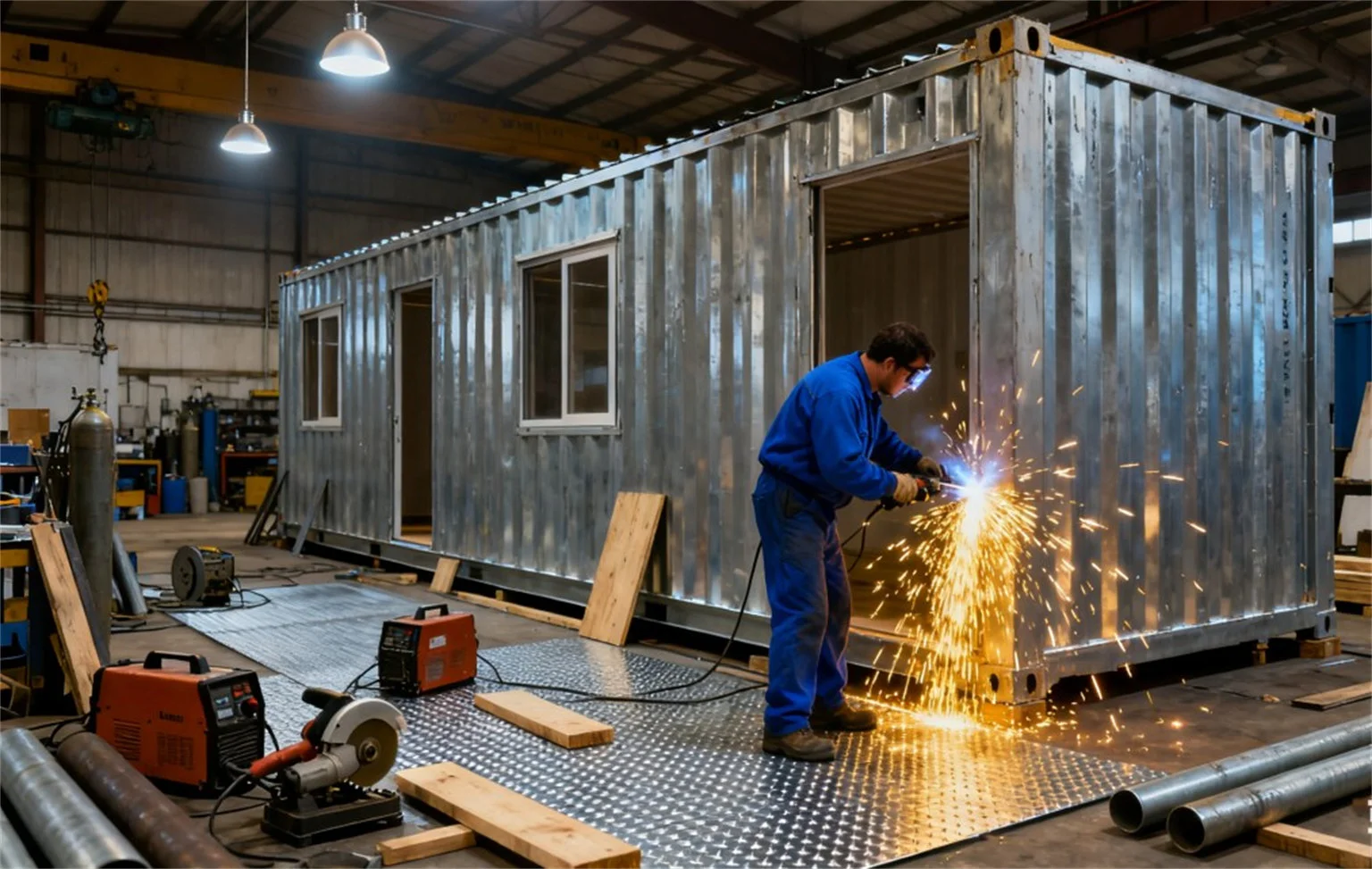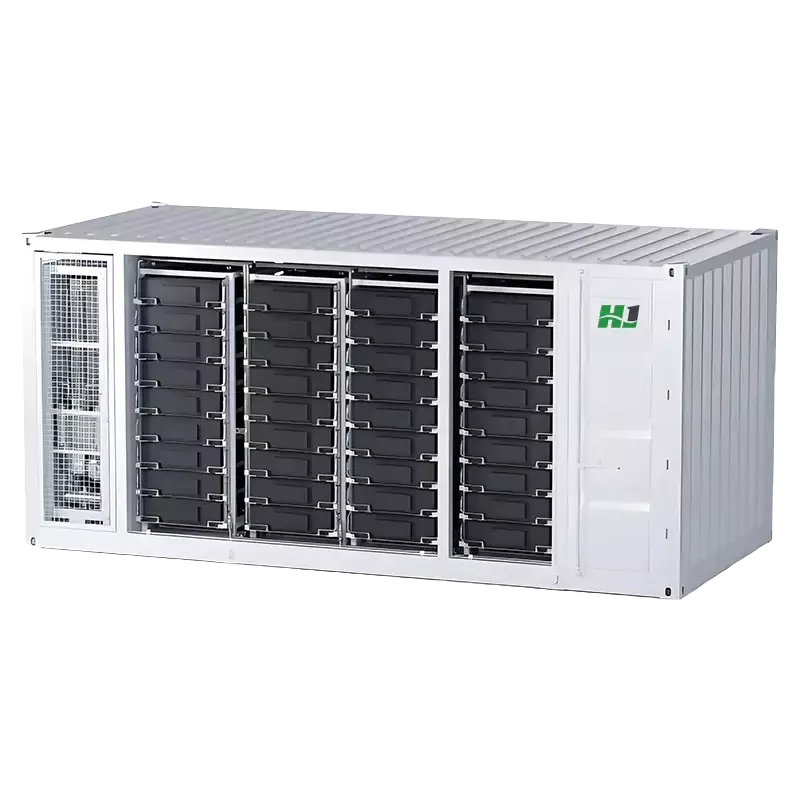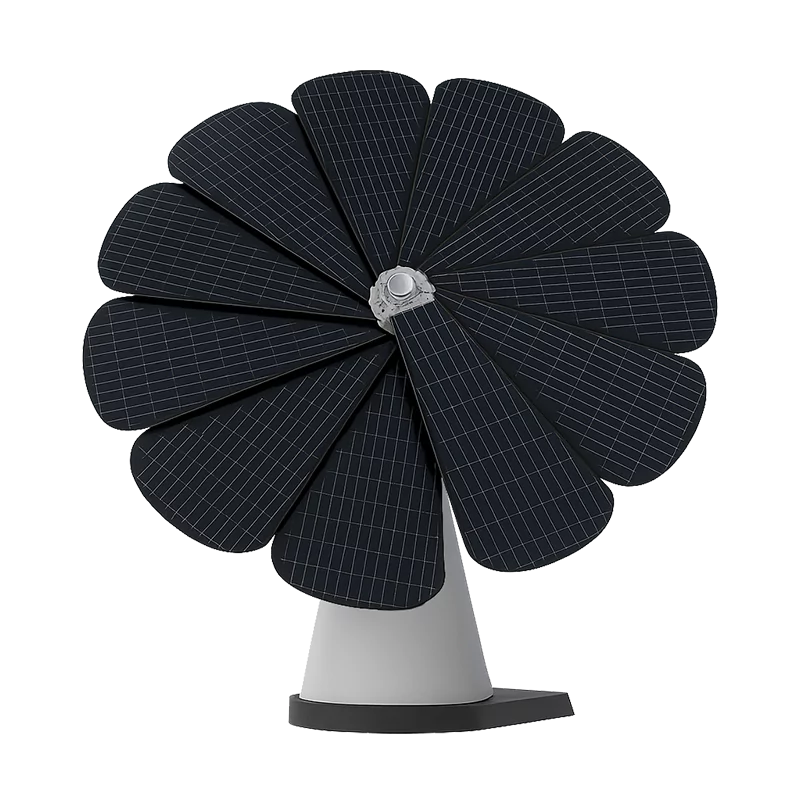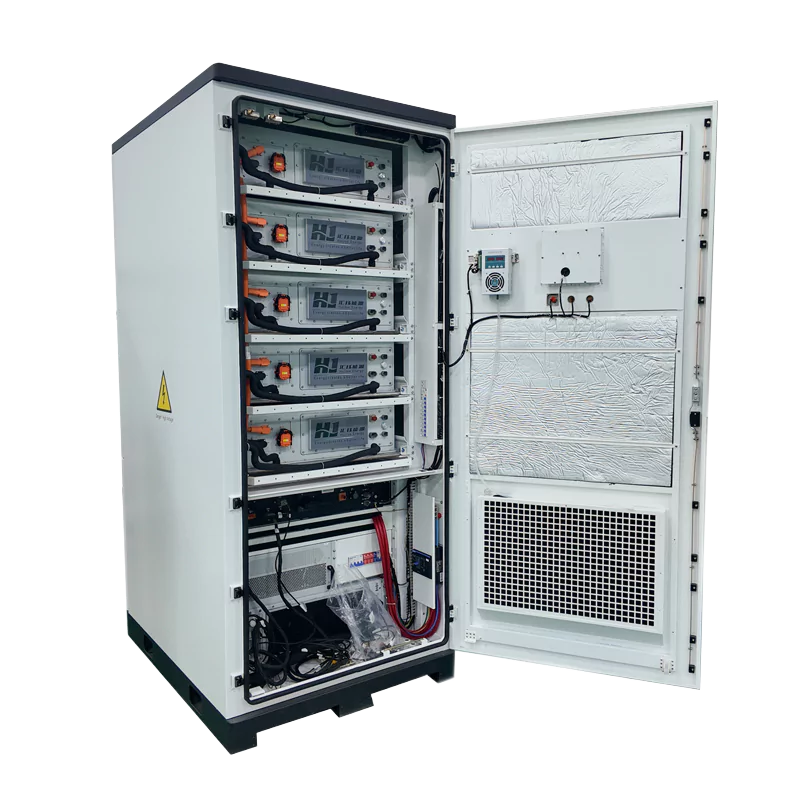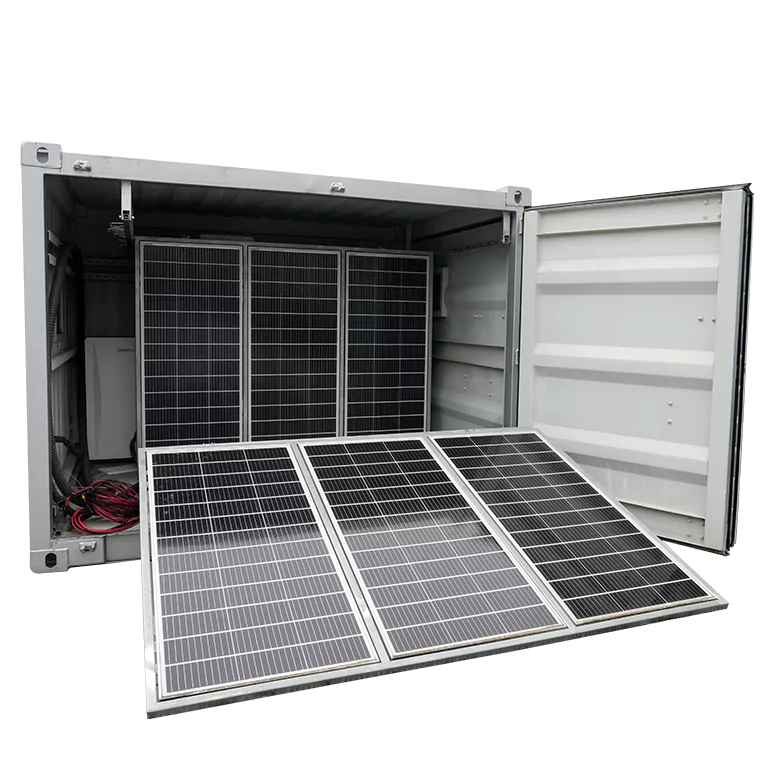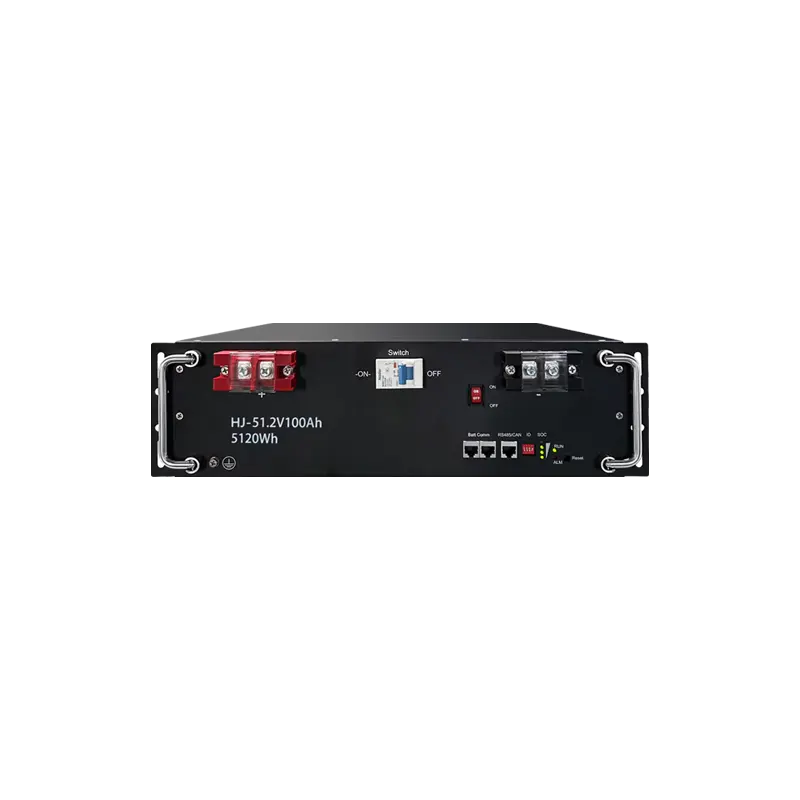Solar Container Houses: Cost, Technology & Real-World Use
Executive Summary
Solar Container Houses are a practical solution for providing shelter and energy in cold climates. These units combine the durability of shipping containers with solar power, energy storage, and high-quality insulation, offering an independent energy source without relying on traditional grids. Designed to handle extreme weather conditions, they are becoming a go-to option for remote regions and industries in need of reliable, off-grid housing. This guide dives into the technology, cost benefits, and real-world examples of solar container houses in cold environments.
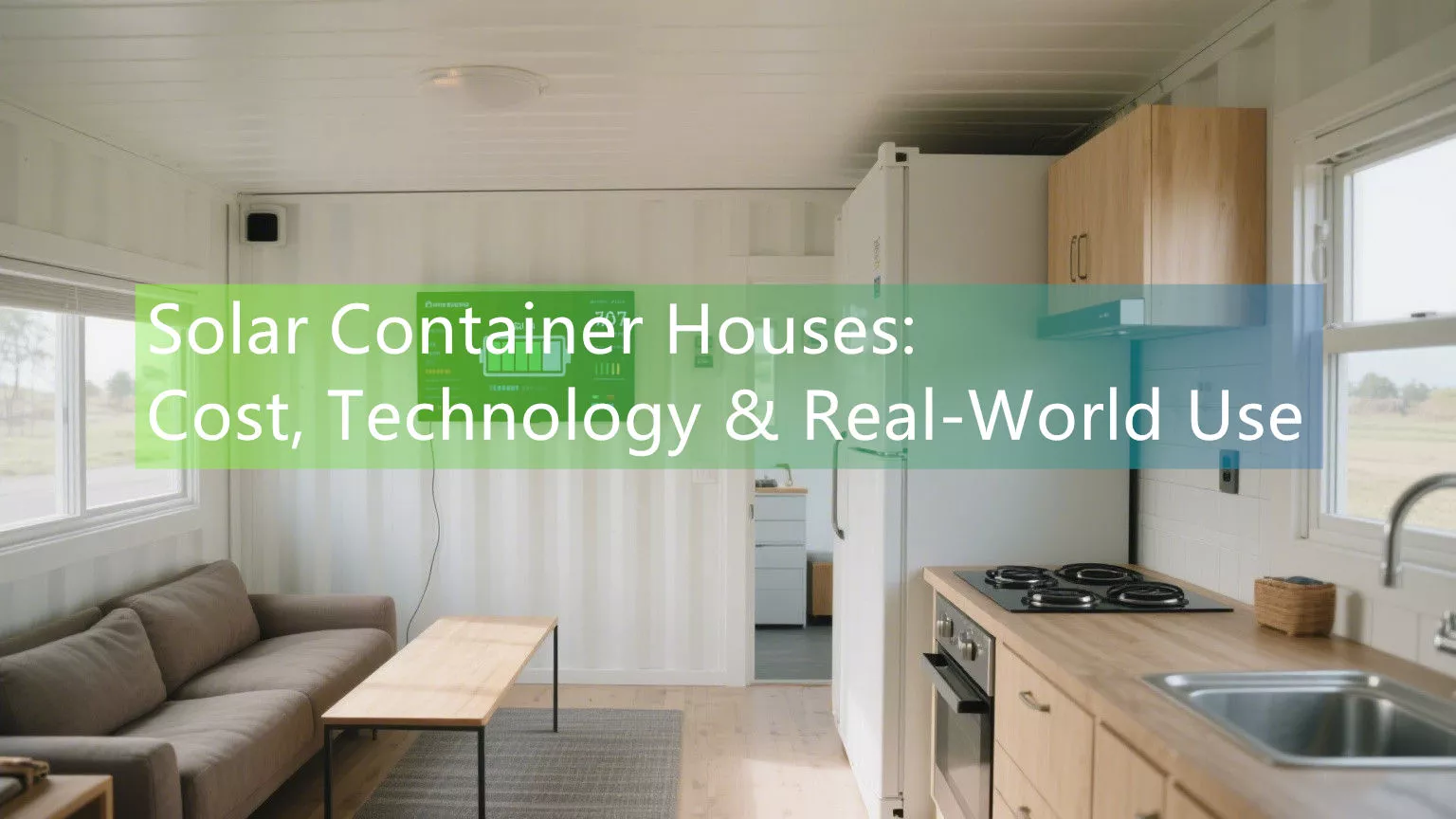
Introduction: Why Solar Container Housing Makes Sense in Cold Regions
As demand grows for energy-efficient, off-grid housing, solar container houses are stepping in to meet the needs of cold regions. These modular units are perfect for industries like mining, research, and emergency relief, where building traditional structures is costly and often impractical. Unlike standard modular homes, solar container houses are built to withstand harsh conditions while providing reliable heat and electricity. They make it possible to live and work year-round, even in the Arctic or other freezing locations, without the constant need for external power sources.
How Solar Container Houses are Built for Extreme Cold
Insulation That Works
To keep things warm inside and reduce energy loss, solar container houses use materials that go above and beyond regular insulation. These include:
- Vacuum Insulated Panels (VIPs): These offer exceptional thermal resistance (up to R-50 per inch), allowing for thinner walls with better performance.
- Spray Polyurethane Foam (SPF): SPF serves as both insulation and an air barrier, keeping out cold drafts and reducing heat loss.
- Aerogel Blankets: These lightweight, high-performance blankets add extra R-value, ensuring warmth in tight spaces.
Solar Power That Works in Low Light
Solar container houses aren’t just about staying warm—they also rely on high-efficiency solar panels and smart energy storage systems to keep everything running.
- Photovoltaic Panels: These high-performance solar panels are made to operate efficiently even in colder weather, where sunlight hours are limited.
- Lithium-Ion Phosphate Batteries: These batteries are designed to work in freezing temperatures down to -40°C, ensuring the system keeps going even in the dead of winter.
- Energy Management Systems: Smart technology helps balance power usage, ensuring that the most critical needs (heating, lighting) are prioritized.
Built Tough for Harsh Conditions

These units are built to handle not just cold but also other tough weather conditions:
- Corrosion-Resistant Coatings: They’re coated to resist moisture, salt, and other elements that can wear out equipment over time.
- Snow Load Calculations: Designed to bear heavy snow loads, these units are safe even under extreme snowfall.
- Wind Resistance: Made to withstand winds of up to 120 mph, solar container houses are ready for blizzards and other rough conditions.
Why Solar Container Houses Are Worth the Investment
Cutting Costs in the Long Run
While the upfront cost might seem high, solar container houses save money over time by eliminating the need for expensive fuel and reducing maintenance.
- Fuel Savings: In remote areas where fuel deliveries are costly, these units can eliminate fuel costs completely.
- Lower Maintenance: Diesel generators often need frequent repairs and are expensive to maintain, but solar systems are much easier to look after.
- Less Dependence on External Power: With solar energy and battery storage, these units are self-sufficient and can save up to 100% on energy costs in the long run.
Quick Setup and Flexibility
One of the best things about solar container houses is how quickly they can be deployed. These modular units can be set up in just 2-4 weeks, much faster than traditional buildings that might take months to construct.
- Speedy Deployment: Compared to conventional construction, solar container homes are ready much quicker, saving time and reducing labor costs.
- Scalability: You can start with just a few units and expand as needed. If you need to move, these homes can be relocated easily, protecting your investment.
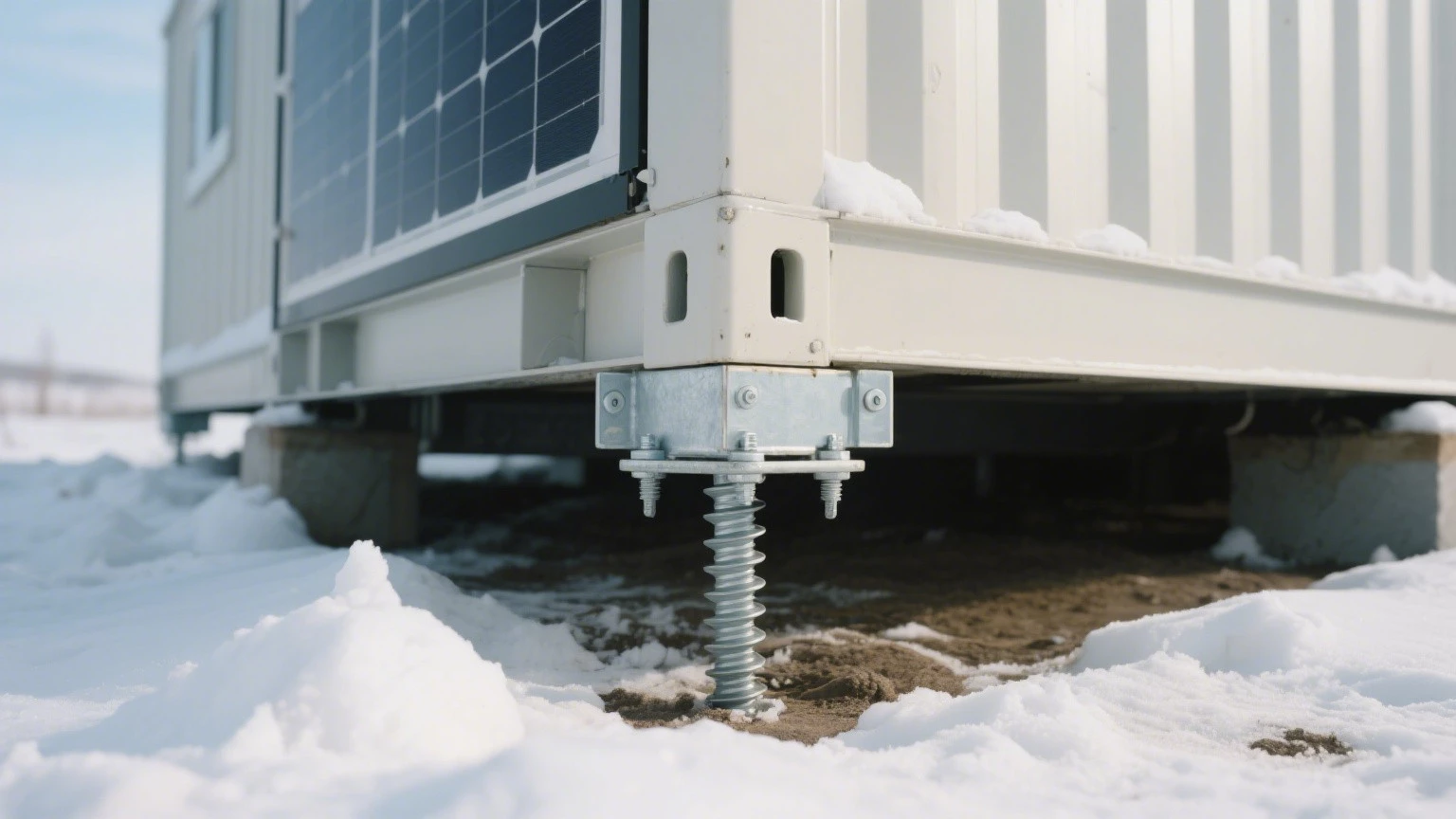
Real-Life Examples: Solar Container Houses in Cold Regions
Svalbard, Norway (2022-2023)
In 2022-2023, the Norwegian Polar Institute used solar container units for their winter research. Even though temperatures reached -25°C (-13°F) and there was complete darkness for months, these solar-powered units stayed warm and provided constant electricity through the long winter nights.
Key results:
- 94% energy autonomy during the polar night.
- Maintained interior temperatures of +20°C (+68°F) even when it was -35°C (-31°F) outside.
- Saved 15,000 liters of diesel annually, reducing carbon emissions.
Yukon Territory, Canada (2023)
In the Yukon, a gold mining operation switched to solar container units to house workers and support operations. This move significantly cut down on diesel use and environmental impact.
Documented benefits:
- 78% reduction in generator runtime.
- ROI in 18 months due to fuel savings.
- Improved worker conditions with better, warmer accommodations.
The Growing Market for Solar Container Solutions
The demand for solar container houses in cold regions is increasing. A 2023 report by Global Market Insights predicts that the Arctic construction market will grow by 7.2% annually through 2030, driven by scientific, industrial, and infrastructure projects.
Trends to watch:
- More investment in northern infrastructure, especially from governments looking to boost sustainability.
- Battery technology improvements are making solar systems even more reliable in extreme cold.
- Stricter environmental regulations are pushing companies to reduce their carbon footprints, making solar container houses a more attractive option.
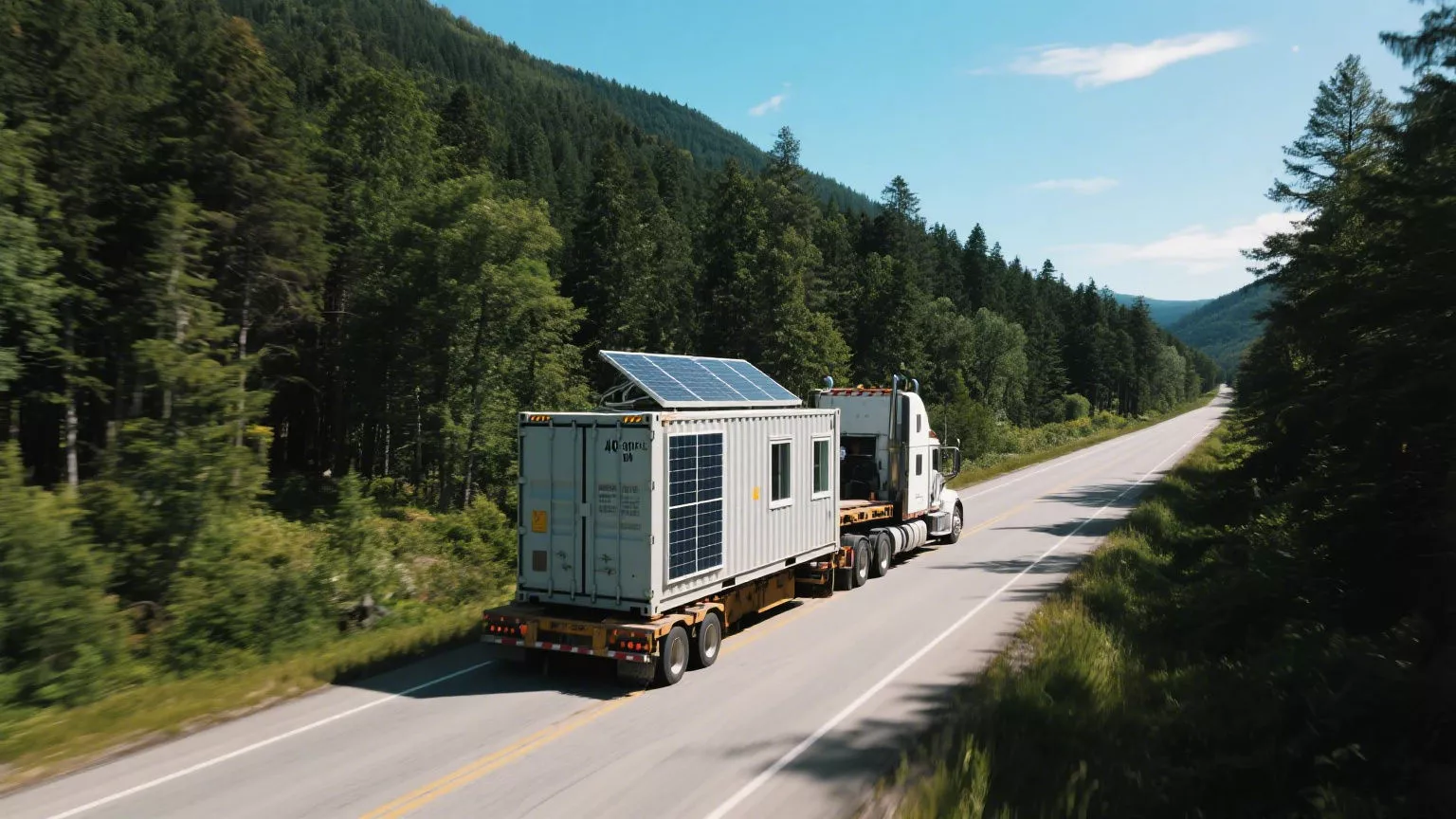
Solar Container Houses vs. Traditional Housing Solutions
| Feature | Solar Container House | Traditional Construction | Diesel-Powered Units |
|---|---|---|---|
| Energy Costs | $0.02-0.05/kWh | $0.15-0.30/kWh (if grid-connected) | $0.45-0.90/kWh |
| Deployment Time | 2-4 weeks | 6-18 months | 1-2 weeks |
| Operating Temp. Range | -50°C to +50°C (-58°F to +122°F) | Varies | -30°C to +40°C (-22°F to +104°F) |
| Relocation Capability | Excellent | Poor | Good |
| Environmental Impact | Minimal | Moderate to High | High |
Site Preparation and Maintenance
Setting up solar container houses in cold regions requires careful planning, including:
- Permafrost-Ready Foundations: Adjustable screw piles help reduce thermal transfer, protecting the ground beneath from freezing.
- Strategic Placement: Containers are oriented to make the most of solar exposure and avoid snow drifts.
- Ongoing Support: Remote monitoring, AI-based maintenance scheduling, and local technician networks ensure that these units keep running smoothly in tough conditions.
Frequently Asked Questions
- Q: How do solar panels work in winter?
- A: Solar panels work more efficiently in cold temperatures as they don’t overheat, and modern systems are designed to capture low sunlight during the winter months.
- Q: What happens during snowstorms or cloudy days?
- A: The system has enough battery storage to last 3-7 days, and backup generators can be used when needed.
- Q: Can these homes handle permafrost?
- A: Yes, they’re designed with foundations that minimize heat loss to prevent permafrost thawing, which can destabilize traditional buildings.
Conclusion: The Future of Cold-Climate Housing
Solar container houses offer a practical, sustainable solution for people and businesses operating in the coldest parts of the world. By reducing reliance on fuel, providing energy independence, and offering quick deployment, these units are transforming how we approach remote housing and energy needs.
With growing demand and ongoing advancements in solar and battery technology, adopting solar container houses today can help companies stay ahead of environmental regulations while improving operational efficiency.
Explore Highjoule’s solar container solutions to find out how they can benefit your operation in cold environments.
Find Your Solar + Battery Storage Specialist Now!
* Fill out this form and our experts will help you find the perfect solar storage solution for your home or business.


